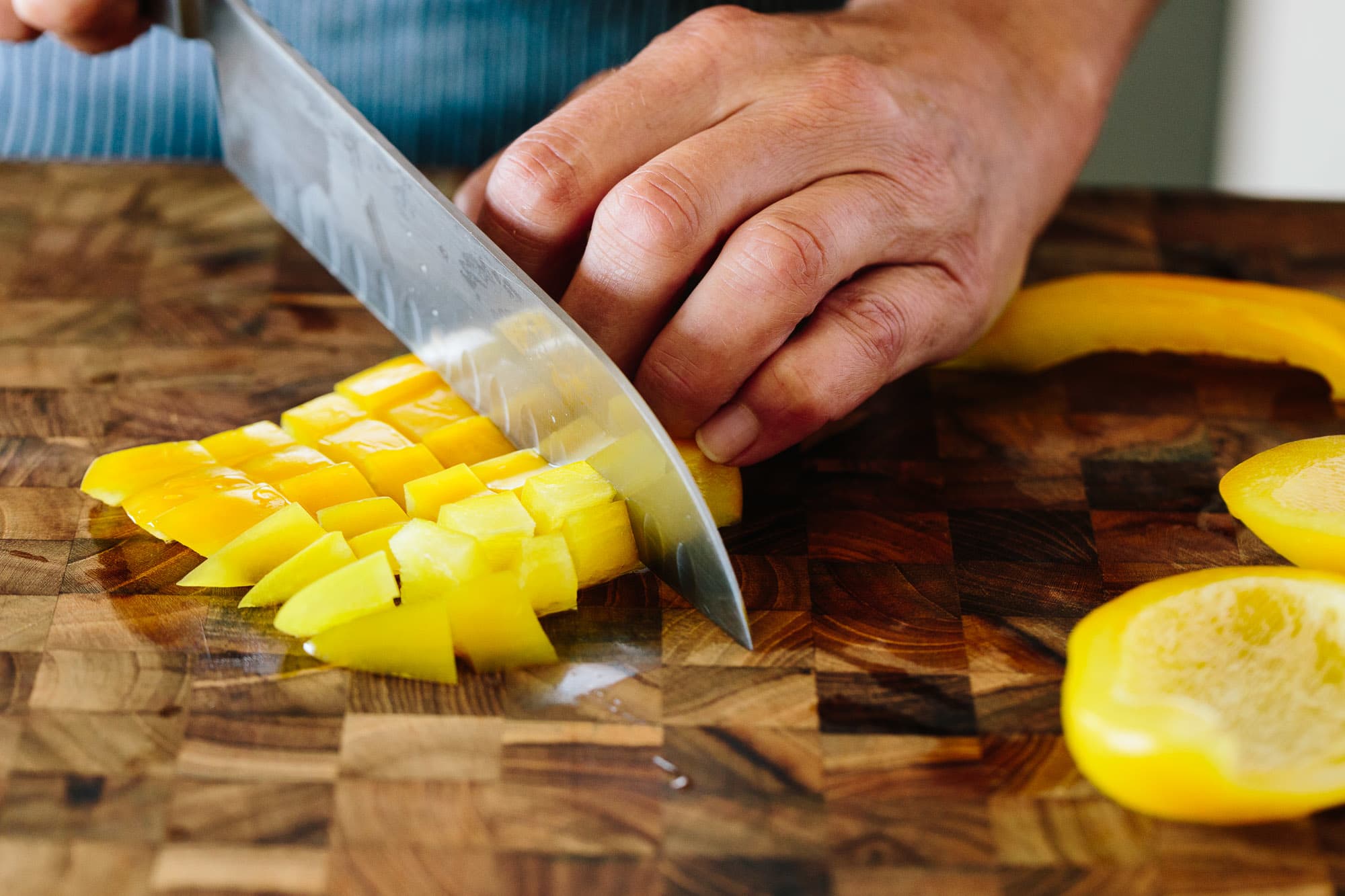How to Clean Walnut Cutting Board: BBQ Enthusiasts' Guide
Written By James Morgan
As a dedicated barbecue enthusiast, your tools and equipment are critical to ensuring an exceptional grilling experience. Among these essential tools is your walnut cutting board, a versatile and durable surface perfect for prepping your favorite BBQ ingredients. But mastering the art of grilling includes understanding how to clean a walnut cutting board effectively to maintain its longevity and hygiene.

Importance of Cleaning Your Walnut Cutting Board
Cleaning your walnut cutting board is not just about keeping it looking good. Its also about ensuring it remains a reliable kitchen tool free from harmful bacteria. Grime and meat juices can seep into the wood, creating a breeding ground for bacteria if not properly cleaned.
Remember, for true barbecue aficionados, clean equipment leads to better-tasting food and a safer cooking environment.

Initial Rinse: The First Step
Begin by rinsing your walnut cutting board with warm water. Avoid using hot water as it can cause the wood to warp.
Using Natural Cleaners
To effectively clean the board, you can use natural cleaners like lemon and coarse salt. These ingredients are excellent for eliminating stains and odors.
- Cut a lemon in half and sprinkle coarse salt over the board.
- Use the lemon halves to scrub the surface, applying moderate pressure.
- Rinse the board with warm water after scrubbing.
Deep Cleaning Techniques
For a more thorough clean, create a mixture of water and white vinegar. Vinegar acts as a disinfectant and removes lingering bacteria.
Mix one part vinegar with four parts water and use a soft sponge to clean the board.

Drying and Maintenance
After cleaning, it's crucial to dry your walnut cutting board properly. Use a towel to wipe off excess water, and then let it air dry completely.
Regular Oiling
To maintain the natural oils and keep your walnut cutting board in pristine condition, oil it regularly with food-grade mineral oil.
- Apply a generous amount of oil to the surface.
- Use a clean cloth to rub the oil into the wood evenly.
- Allow the board to absorb the oil overnight.

Preventive Measures
Implementing preventive measures can prolong the life of your cutting board. Never submerge your walnut cutting board in water or place it in the dishwasher. Extreme moisture and heat can damage the wood fibers, leading to warping and cracking.
Utilize Both Sides
Utilizing both sides of your cutting board helps evenly distribute wear and tear, extending its usability. Alternate between the sides to prevent uneven surfaces.
Common Mistakes to Avoid
Many BBQ enthusiasts make the mistake of using harsh chemicals or abrasive scrubbers on their walnut cutting boards. Avoid these practices to ensure your board remains in top condition.
- Bleach and other strong chemicals can damage the wood.
- Avoid using steel wool or other abrasive materials.
Reconditioning Your Cutting Board
Over time, even with proper care, walnut cutting boards can develop scratches and stains. Reconditioning your board can bring it back to life.
Sanding the Surface
Gently sand the surface with fine-grit sandpaper to remove deep stains and smooth out scratches. Follow up with thorough cleaning and oiling.
FAQs
How often should I oil my walnut cutting board?
Oiling your cutting board once a month, or whenever it appears dry, is ideal for maintaining its condition.
Can I use soap to clean my walnut cutting board?
Mild soap can be used sparingly. Ensure thorough rinsing to remove all soap residues.
Is it safe to cut raw meat on a walnut cutting board?
Yes, but ensure to clean it immediately after use to prevent bacterial growth.
For related information, you can refer to cross contamination, clean and sanitize, cutting board.
As an Amazon Associate, I earn from qualifying purchases.



